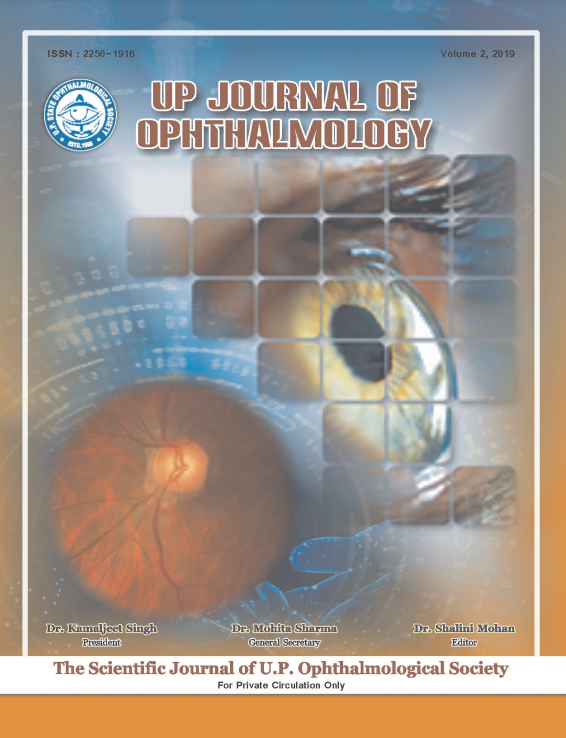Macular Hole
Downloads
Published
Dimensions Badge
Issue
Section
License
Copyright (c) 2019 UP Journal of Ophthalmology

This work is licensed under a Creative Commons Attribution-ShareAlike 4.0 International License.
© Author, Open Access. This article is licensed under a CC Attribution 4.0 License, which permits use, sharing, adaptation, distribution and reproduction in any medium or format, as long as you give appropriate credit to the original author(s) and the source, provide a link to the Creative Commons licence, and indicate if changes were made. The images or other third party material in this article are included in the article’s Creative Commons licence, unless indicated otherwise in a credit line to the material. If material is not included in the article’s Creative Commons licence and your intended use is not permitted by statutory regulation or exceeds the permitted use, you will need to obtain permission directly from the copyright holder. To view a copy of this licence, visit https://creativecommons.org/licenses/byncsa/4.0/.
Since described as early has 1896 by Knapp, macular hole has been an entity of great interest for various investigators. This resulted in continuous revolutions in the underlying pathogenesis and its management. Recently OCT has emerged as most important imaging modality for prognostication and planning of surgical intervention. Most popular surgical intervention to treat macular hole is pars plana Vitrectomy with internal limiting membrane peeling with gas tamponade. This review article is focused on clinical features, pathogenesis, roles of newer imaging tools in the management of macular holes and different surgical approaches.Abstract
How to Cite
Downloads







